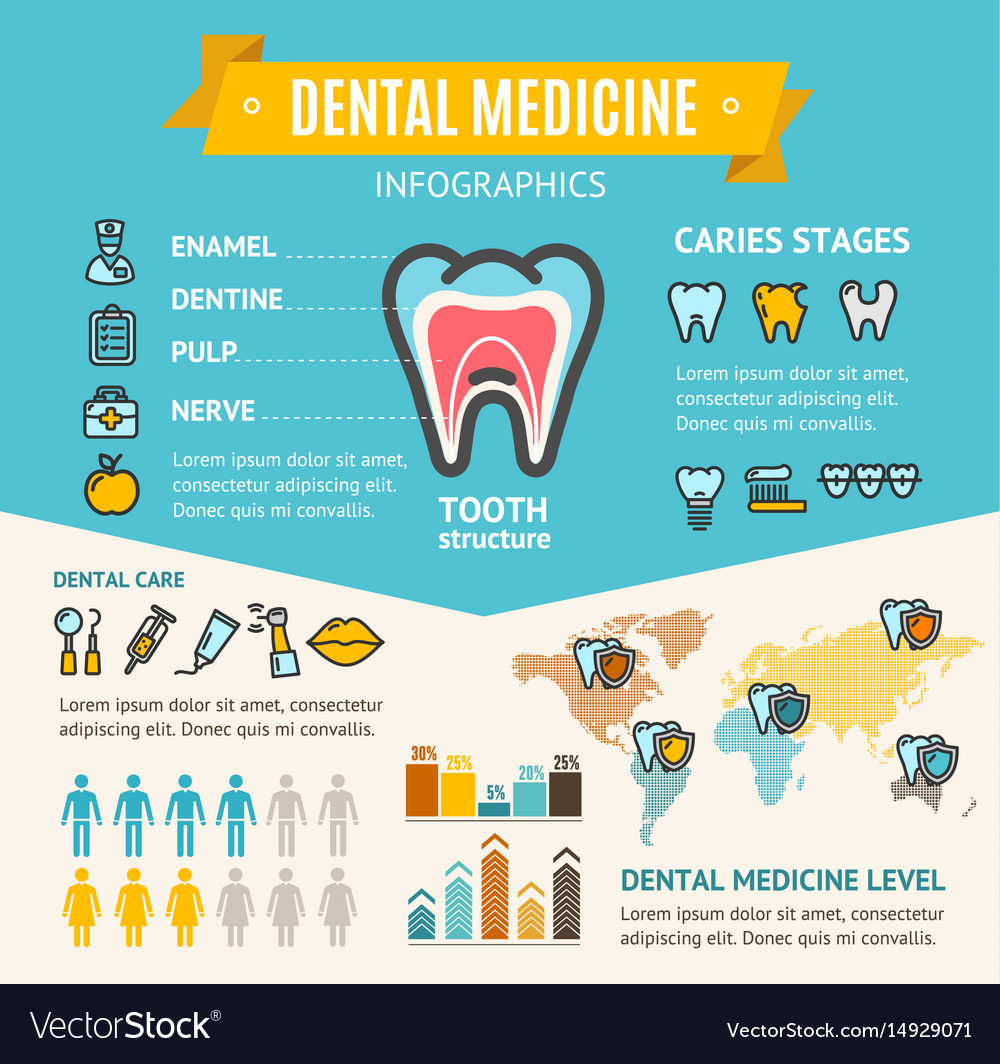The Innovation Of Dental Surgery: Introducing Developments And Progresses Defining The Area
The Innovation Of Dental Surgery: Introducing Developments And Progresses Defining The Area
Blog Article
Write-Up By- https://seekingalpha.com/article/4252129-invisalign-is-set-to-drive-align-technology-higher-not-shares to the world of dental surgery, where innovations and breakthroughs are shaping the future of the field! In this interesting world, you'll witness the transformative power of robotics, the innovative marvel of 3D printing, and the game-changing influence of minimally intrusive strategies.
The future of oral surgery holds a guarantee of precision, efficiency, and boosted individual end results. With the help of advanced robotics, doctors are able to carry out intricate treatments with greater precision and control.
3D printing innovation is transforming the creation of dental implants and prosthetics, offering tailored services that fit seamlessly into each patient's unique anatomy.
Additionally, minimally intrusive strategies are lowering post-operative pain and recuperation time, enabling clients to return to their day-to-days live faster.
Prepare to check out the amazing innovations and advancements that are improving the landscape of dental surgery!
Innovations in Robotics
One significant improvement in oral surgery is making use of robot modern technology, which permits precise and effective surgeries. With the help of robotic systems, oral cosmetic surgeons have the capability to perform complicated surgeries with improved precision, decreasing the risk of human error.
These robot systems are furnished with innovative imaging modern technology and precise instruments that allow surgeons to navigate with intricate physiological frameworks easily. By utilizing robot innovation, doctors can accomplish better medical accuracy, causing boosted individual results and faster recuperation times.
In https://gunnerrlfzt.develop-blog.com/39852300/gum-tissue-recession-treatment-misconceptions-realities-and-everything-in-between , using robotics in dental surgery allows for minimally intrusive procedures, lowering the injury to surrounding tissues and promoting faster healing.
3D Printing in Oral Surgery
To boost the field of oral surgery, you can discover the subtopic of 3D printing in dental surgery. This innovative innovation has the potential to transform the means dental cosmetic surgeons operate and deal with people. Right here are 4 essential methods which 3D printing is shaping the area:
- ** Customized Surgical Guides **: 3D printing permits the creation of very exact and patient-specific medical overviews, improving the accuracy and effectiveness of procedures.
- ** Implant Prosthetics **: With 3D printing, oral doctors can create personalized dental implant prosthetics that completely fit a client's unique anatomy, leading to better end results and individual fulfillment.
- ** Bone Grafting **: 3D printing makes it possible for the manufacturing of patient-specific bone grafts, decreasing the need for conventional implanting strategies and boosting healing and recovery time.
- ** Education and Educating **: 3D printing can be used to produce sensible surgical designs for instructional purposes, enabling dental specialists to practice complex treatments prior to performing them on people.
With https://rowansmexq.blog-eye.com/33132243/gum-tissue-economic-crisis-therapy-myths-facts-and-whatever-in-between to boost accuracy, personalization, and training, 3D printing is an amazing development in the field of dental surgery.
Minimally Invasive Strategies
To additionally advance the field of dental surgery, accept the capacity of minimally intrusive strategies that can greatly benefit both cosmetic surgeons and clients alike.
Minimally invasive techniques are changing the area by decreasing medical trauma, reducing post-operative pain, and increasing the healing process. These methods involve utilizing smaller sized cuts and specialized tools to execute treatments with accuracy and efficiency.
By making use of innovative imaging modern technology, such as cone beam computed tomography (CBCT), doctors can properly intend and execute surgeries with minimal invasiveness.
Furthermore, making use of lasers in oral surgery permits specific tissue cutting and coagulation, leading to reduced blood loss and minimized recovery time.
With minimally invasive methods, individuals can experience faster recovery, decreased scarring, and enhanced outcomes, making it a vital facet of the future of dental surgery.
Conclusion
So, as you can see, the future of dental surgery is exceptionally appealing, with exciting developments and advancements shaping the area.
From the advancements in robotics to making use of 3D printing and minimally intrusive methods, oral doctors are revolutionizing the way they provide care.
While discover here might fret about the potential price associated with these advancements, it's important to bear in mind that these technologies inevitably improve patient outcomes and lower recovery time, making them well worth the investment in the long run.
